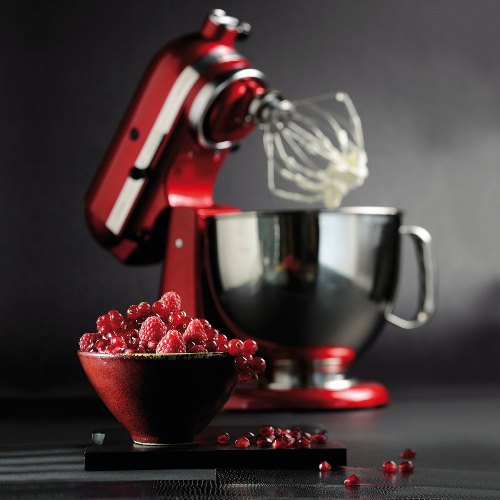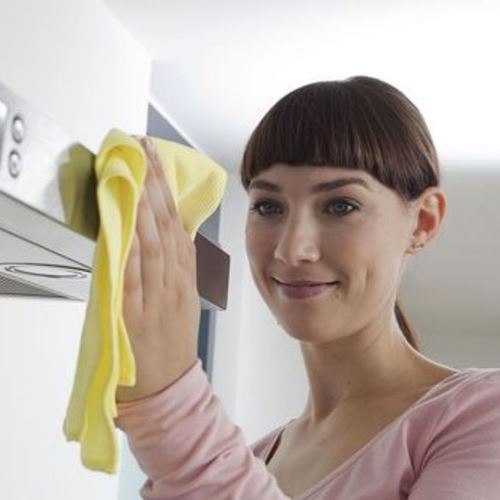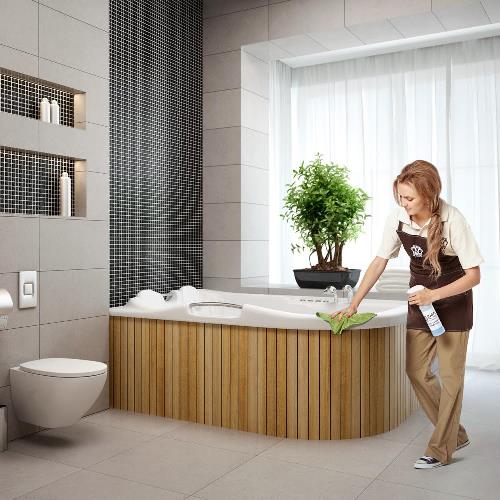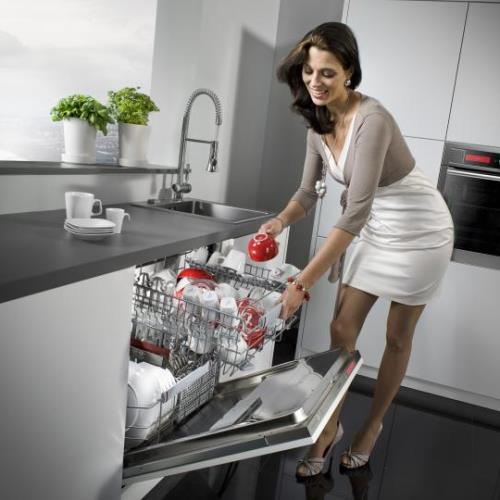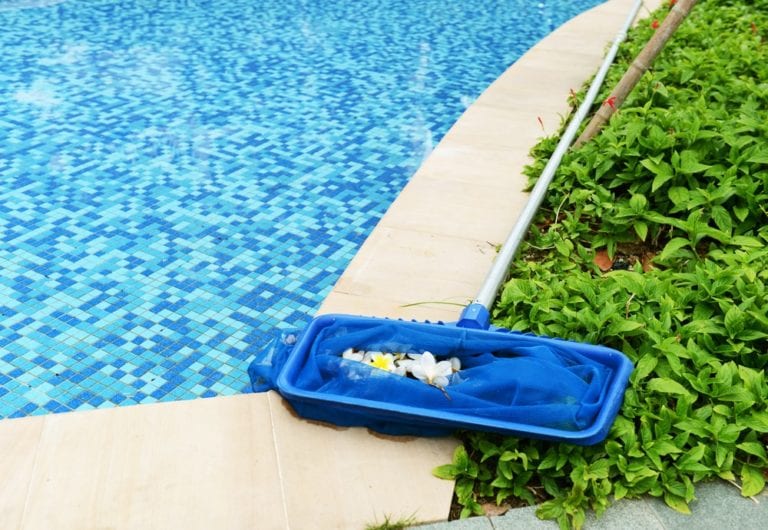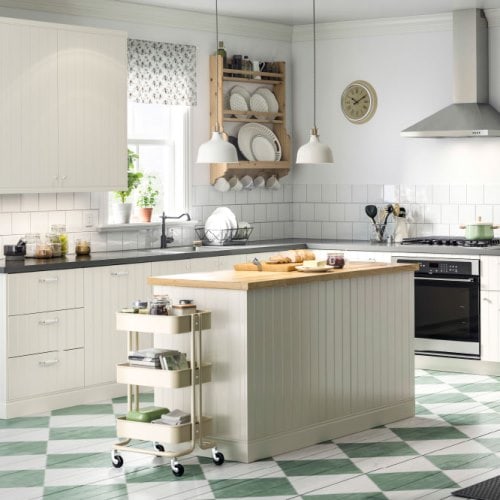Blender vs Food Processor: What to Choose
 Even though already one of these appliances is like the third hand at the kitchen if using skillfully, many amateur cooks stubbornly try to turn a blender into a workhorse and wonder if something does not turn out well…
Even though already one of these appliances is like the third hand at the kitchen if using skillfully, many amateur cooks stubbornly try to turn a blender into a workhorse and wonder if something does not turn out well…
This short article will help you make the right choice between a blender and food processor to enjoy your results every time!
The difference between a blender and food processor
A food processor is a much more versatile appliance and better works with thick, rather than liquid products. Food processor can chop, julienne, spray, mash and cut products. While your blender will probably start to smoke, if you force it to do this.
If cooking is not your passion and a small family does not make you cook a lot and often, then you do not need a food processor. As it is easier and faster to cut one onion with hands, than to wash, dry and put in place a complex device. And there may be even not a lot of space in the kitchen.
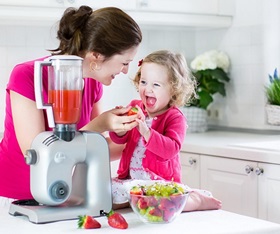 Then consider a blender, which is much more compact than a food processor. And if you have a baby, a blender is of great help for making milkshakes and purees for baby food. A blender is perfect for mixing compounds and substances containing a lot of liquid.
Then consider a blender, which is much more compact than a food processor. And if you have a baby, a blender is of great help for making milkshakes and purees for baby food. A blender is perfect for mixing compounds and substances containing a lot of liquid.
Both appliances have similar functions, while one of them is better at some tasks than another, so it’s great to have both at the kitchen.
What blender can do
Use a blender for mashing, making purees, mixing and grinding. Blenders are great for cooking food and beverages, such as smoothies, soups and liquid sauces. Blenders can liquefy fruits (not very hard ones). They are often seen at the bar, as an essential tool for making cocktails.
What food processor can do
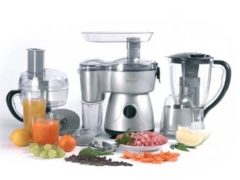 Use a food processor for chopping, slicing, kneading (dough), shredding, cutting, passing through the grate, cutting in oil. They are great for making vegetable chips, most sauces, chopping nuts/chocolate/vegetables, etc., grinding pulp of beans and so on. The wider the food processor’s internal container, the more mass processing it can do, unlike a blender.
Use a food processor for chopping, slicing, kneading (dough), shredding, cutting, passing through the grate, cutting in oil. They are great for making vegetable chips, most sauces, chopping nuts/chocolate/vegetables, etc., grinding pulp of beans and so on. The wider the food processor’s internal container, the more mass processing it can do, unlike a blender.
Food processors are not the best choice for mixing small volumes, better use a blender instead. If making a puree with a food processor, the puree will have no liquid. But when trying to grate something with a blender, you will get only watery and difficult to process paste.
Decide if you need both appliances or one of them is enough for equipping your kitchen.
You can do fine with a blender, as food processors are usually expensive. While food processors are very important for a good cook, who loves experimenting with a wide range of recipes.
We recommend you considering buying a food processor, as every real cook must have one in the kitchen. If you’re strapped for cash, wait for sales when you can buy a good model at a reasonable price. And if you dare to buy – do not forget to choose a high-quality quality appliance for many years of use.
To know about the differences between a food processor and a blender you can watch this video.
[su_note note_color=”#f0ecad” radius=”0″]
Tips
- Immersion blenders are controlled manually. They are great for making light meals, such as milkshakes or mashed baby food. Some of them have good nozzles for cutting, for effective shredding and small chopping.
- Engine power is very important for both appliances. Engines of lower quality can burn if used too often.
[/su_note]
Warnings: Greens processed with a blender will turn into a puree rather than slicing. In this case, use a food processor instead.
[su_frame align=”left” class=”relatedposts”]
Related Articles:
- How to Organize a Kitchen: 14 Tips to Follow Within No Time!
- Kitchen Cleaning: The Secrets of Natural Products
- Best Dishwashers – Buyer’s Guide
- Best Portable Ice Makers
[/su_frame]
